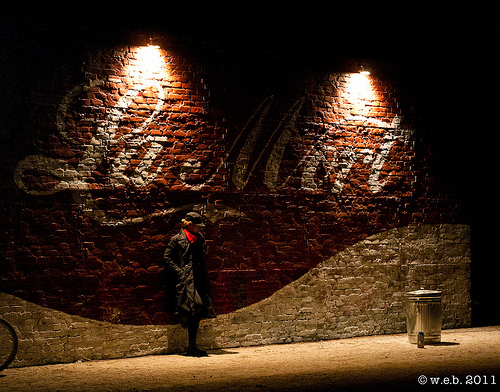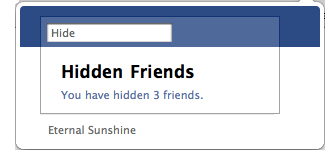This is a re-post from George Ritzer’s newly-launched blog. George’s original post was derived from a plenary talk given in 2011 at the first Theorizing the Web conference at the University of Maryland, and he returned to these thoughts in anticipation of the third Theorizing the Web conference scheduled for early 2013 at the City University of New York.
Our understanding of the Internet, social networking, and the role of the prosumer in them is greatly enhanced by analyzing them through the lens of a number of ideas associated with postmodern theory.
There is, for example, the argument that the goal in any conversation, including those that characterize science, is not to find the “truth” but simply to keep the conversation going. The Internet is a site of such conversations. It is a world in which there is rarely, if ever, an answer, a conclusion, a finished product, a truth. Instead, there are lots of ongoing conversations and many new ideas and insights. Prime examples of this on the Internet include wikis in general and Wikipedia in particular, blogs and social networking sites. Google’s index is continually evolving and a complete iteration online content is impossible. All such sites involve open-ended processes that admit of no final conclusion. more...








